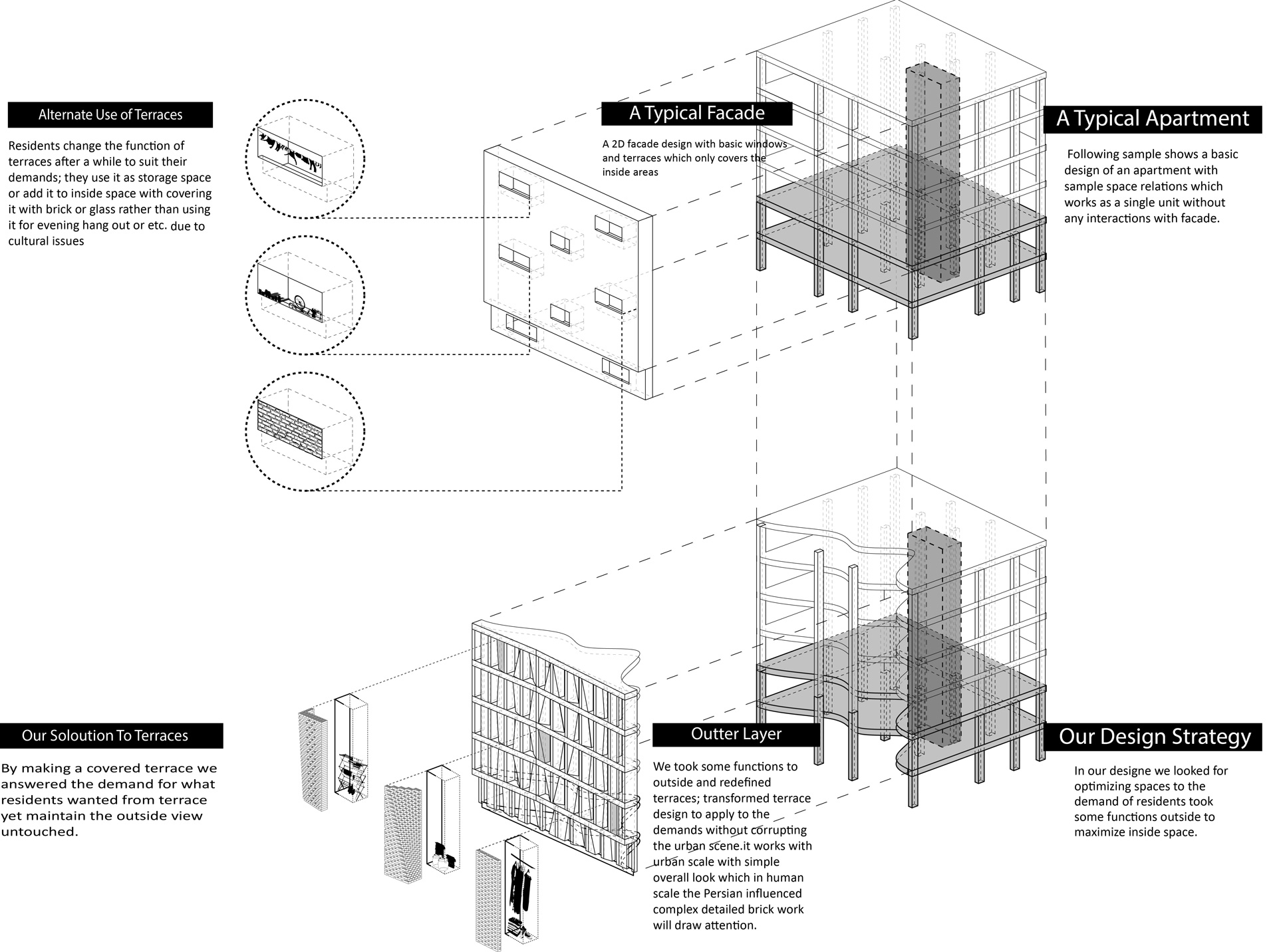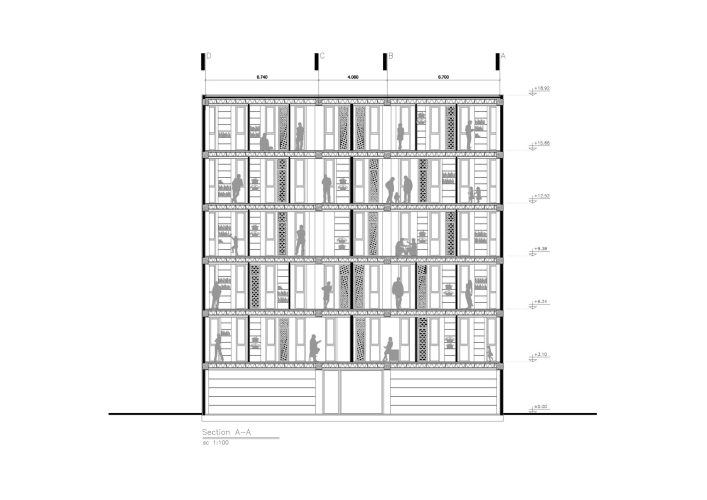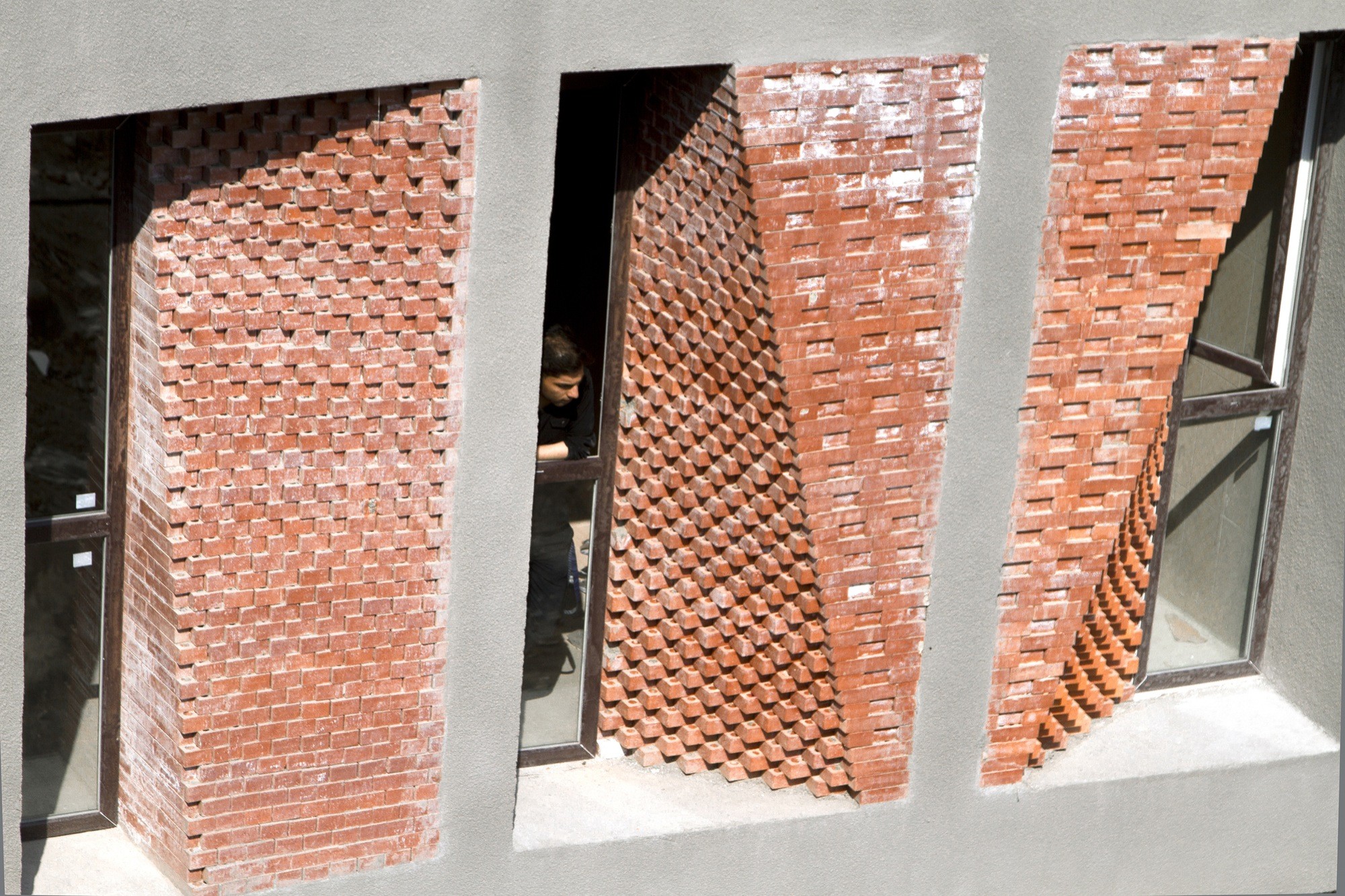Kahrizak Apartment
TAGS
#Residential #Low-Tech #Brick
TEAM
Mahdi Kamboozia, Helena Ghanbari, Ashkan Radnia, Alireza Movahedi
LOCATION / YEAR
Tehran, Iran 2017
The project was located in Kahrizak, a district in the southwest of Tehran, the capital of Iran. It is a neglected area that features a semi-arid climate and has seen a rapid growth in size and population in recent years to such an extent that it has been being transformed from a squalid urban district into a town.In the past, Kahrizak was a rural area whose lands were farmed to supply the residents of the capital with the fruit and vegetables they demanded, but due to its nearness to Tehran, its agricultural lands have been remarkably giving their place to urban blocks now. . These changes in city scape are visible through time.The dwellers of this region are mostly migrant laborers of humble origins and on low incomes. Because of the abject poverty they live in, their main concern in life is that of quantity rather than quality. Therefore, there is even a large number of residential apartments in Kahrizak, whose bedrooms are dim and have no openings to let the sunlight in; nonetheless, they are so popular because of their affordability.
The project was offered to us at the time when two stories of it had been constructed and the executor was highly circumscribed in his budget. The land on which the building was constructed was square with 18 m2 sides and the building itself was surrounded by other constructions from three sides so the only dimension from which it could enjoy the sunlight was the southern side. It is worth a mention that two 55-m2 units were built on each floor of the building so the best solution possible at the time we accepted this project was to maintain the conditions of the units in the north wing and enhance the quality of the units in the south wing to build up an effective interaction between the northern units and the urban façade of the project. To do this there were a few difficulties.The first obstacle to conducting this project was the tight budget, therefore we decided to employ local workers and use inexpensive regional materials such as brick and concrete.
The second hindrance was the mismatch between the residents’ culture and the type of buildings built in the region. For instance, the big balconies constructed in the apartments were walled in and roofed in to either add some space to the homes or be used as storerooms. There were also some balconies whose residents walled them in with colored glass bricks in order to prevent others from seeing the clothes they put out to dry and this in turn stifled the natural light and spoilt the look of the building.Considering the residents’ use of and attitudes towards balconies then, Brick, firstly as inexpensive material and secondly as a modular and proportional material which has many advantages in order to create different alternatives. We used brick modules to build the balconies and satisfy the residents’ needs and because the units were so small, we placed the closets and cabinets inside these modules to make the most of the space. We also used tall windows to boost the natural light inside the apartment.














